Numerical Methods: Wave Equation Stability and Analysis Solution
VerifiedAdded on 2020/04/21
|7
|835
|361
Homework Assignment
AI Summary
This assignment solution delves into various concepts within numerical methods, including the evaluation of directional derivatives of scalar functions, finding the divergence and curl of vector fields, and conducting stability analysis for an explicit scheme of the first-order wave equation. The solution meticulously calculates partial derivatives, applies relevant formulas, and provides detailed explanations for each step. It covers topics such as the Courant-Friedricks-Levy criterion and demonstrates how to determine stability conditions. References to key numerical methods texts are also included, offering a comprehensive resource for students studying calculus and analysis. This assignment provides a clear and concise approach to solving complex problems in numerical methods, making it a valuable tool for students seeking to improve their understanding of the subject.
1 out of 7

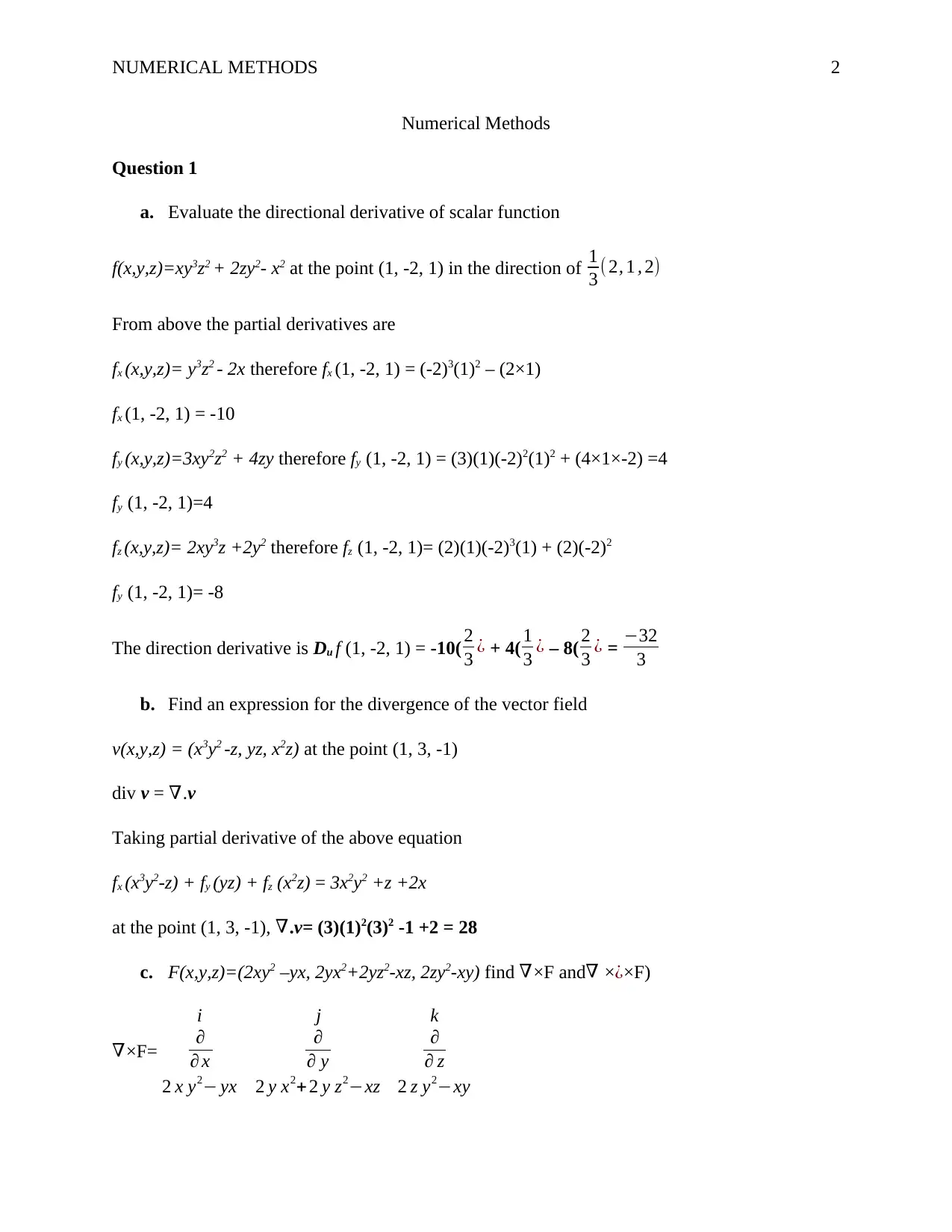
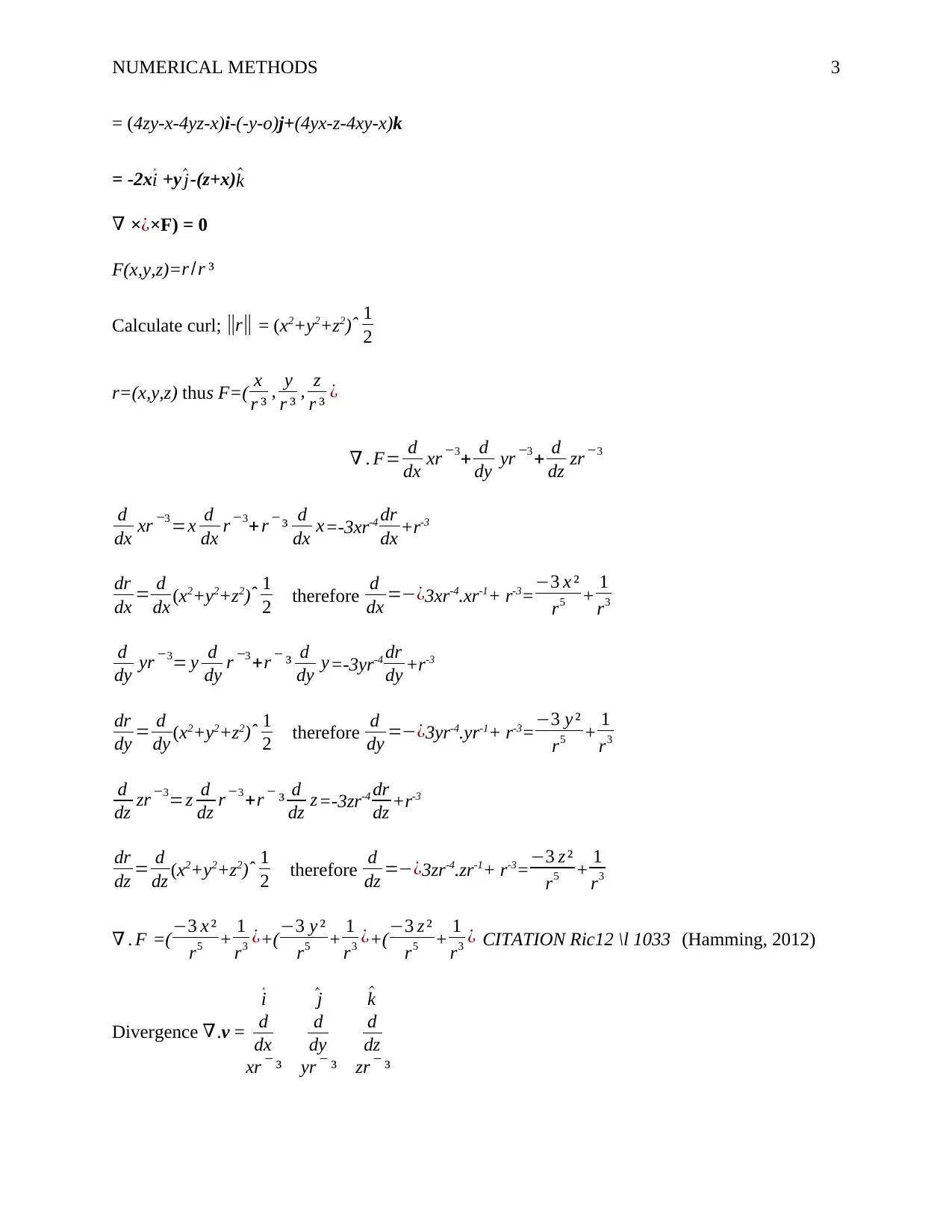

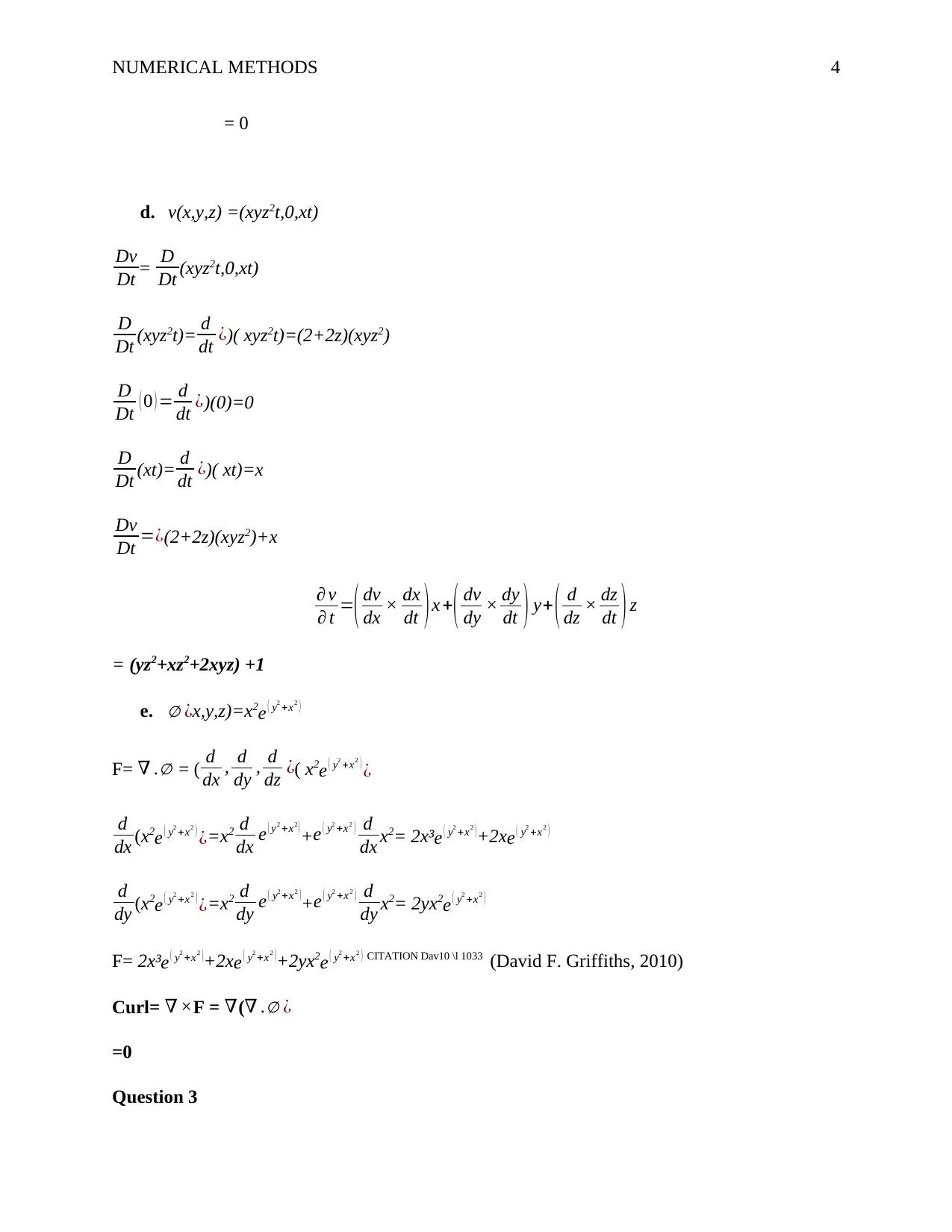
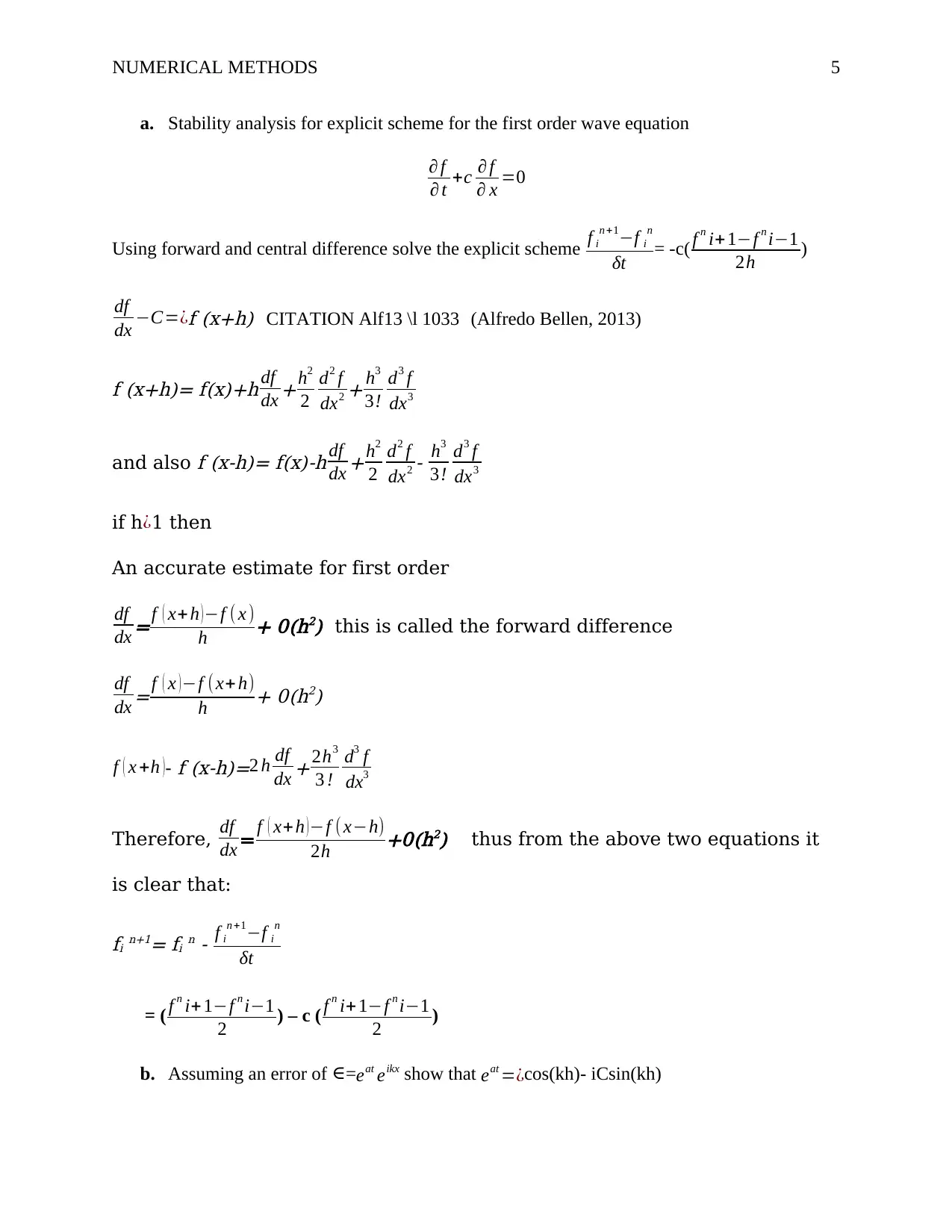
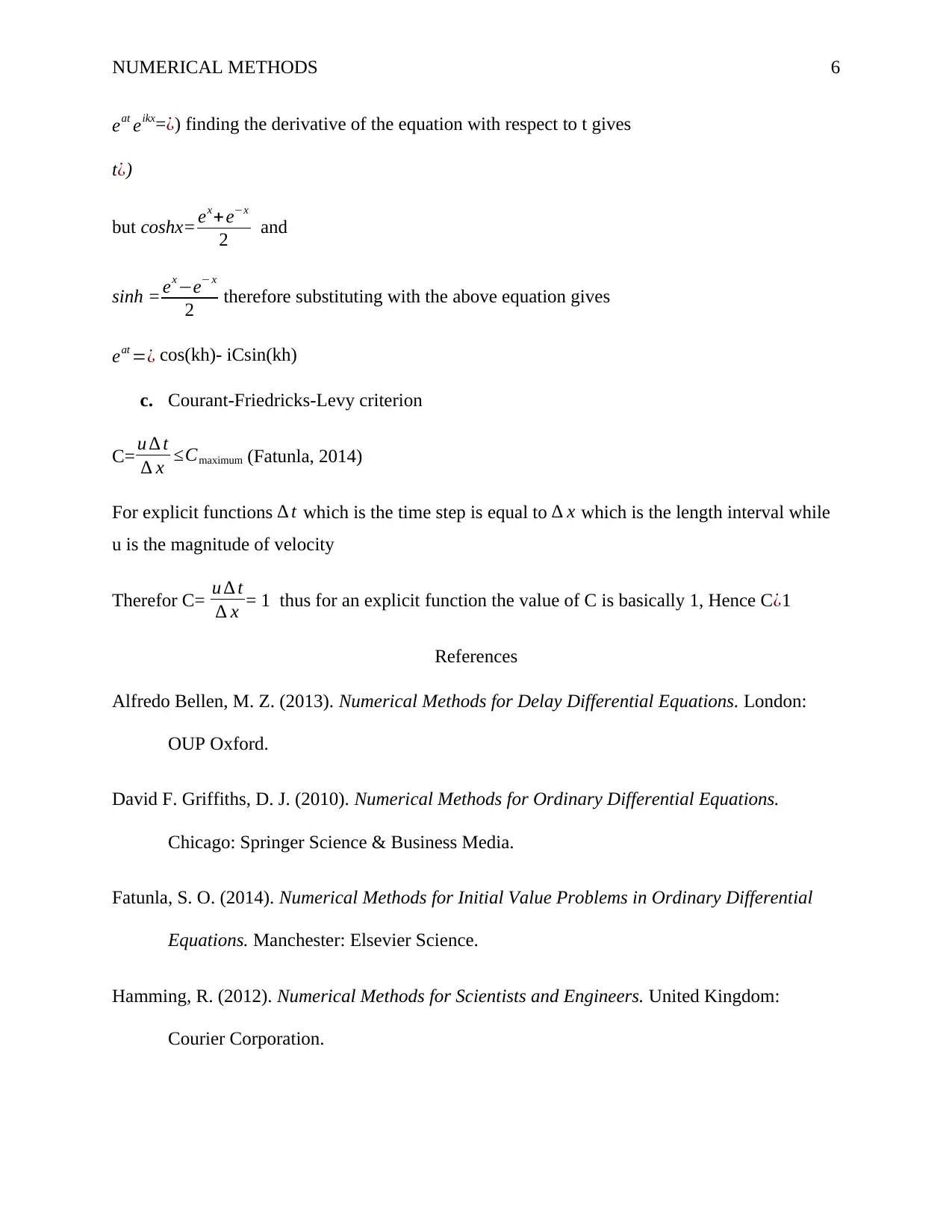





![[object Object]](/_next/static/media/star-bottom.7253800d.svg)